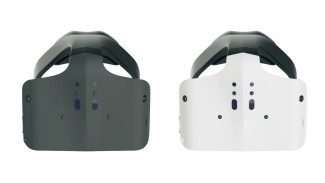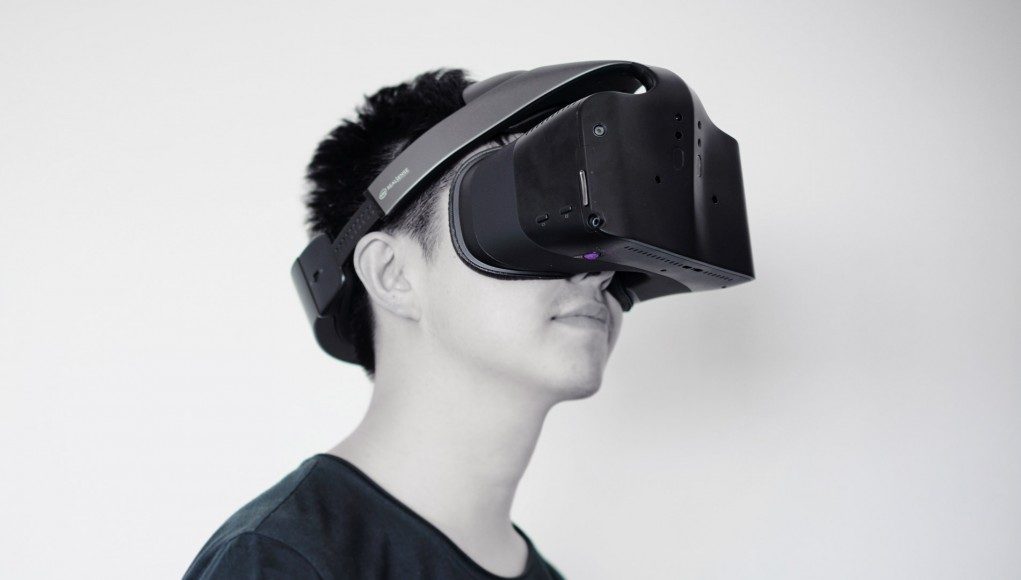Intel is scrapping plans to launch the Project Alloy headset as an open reference design, citing lack of partner interest.
Intel revealed Project Alloy, an x86-based standalone VR headset, back in mid-2016, saying at the time that they’d be launching the device in 2017 as an ‘open reference design’, a starting point for partners to build their own products based on Intel’s work. As recently as January 2017, the company said that the headset would launch in Q4 2017.
We’ve learned that Intel has since decided to back away from those plans; the company provided Road to VR with the following statement regarding the fate of Project Alloy:
Intel has made the decision to wind down its Project Alloy reference design, however we will continue to invest in the development of technologies to power next-generation AR/VR experiences. This includes: Movidius for visual processing, Intel® RealSense™ depth sensing and six degrees of freedom (6DoF) solutions, and other enabling technologies including Intel® WiGig, Thunderbolt™, and Intel® Optane™. All of these Intel technology solutions are supported by a robust portfolio of software capabilities, and we’re building out a VR support ecosystem, from software design kits to reference designs, to spur innovation that’s enabling rich and immersive content. Project Alloy served as a great proof of concept for Intel and the industry – showing what’s possible in a high-performance, immersive and untethered VR experience. What we’ve learned through Project Alloy will inform future efforts.
Intel says the decision was made over the summer, and cited a lack of partner interest in the headset. The reason for the lack of interest is unclear, but some potential causes could be concerns over the total cost of a consumer version of the headset (after all, it is a fully functional, self-contained Windows PC), the challenge of further shrinking the headset to improve ergonomics, and maintaining reasonable battery life.

Another complicating factor could be that a number of potential partners had already committed resources to building headsets based on Microsoft’s Windows VR reference design—major PC players Dell, HP, Lenovo, Acer, and Asus are all launching Windows VR headsets in Q4, the same timeframe in which Project Alloy was initially slated to launch as an open reference design.
The winding down of the project is quite surprising given how relatively mature Project Alloy appeared, even back during its 2016 introduction. Earlier this year we’d even heard about plans for the next iteration of the device, which was said to feature improved processors, sensors, and field of view.
Though they’re backing away from Project Alloy, Intel insists they’re full steam ahead on various VR and AR R&D, including the WiGig-based wireless VR system the company is working on with HTC, and other projects such as the proof-of-concept PC-to-phone streaming system that we saw recently. The company is also supporting VR content development and VR eSports initiatives.







